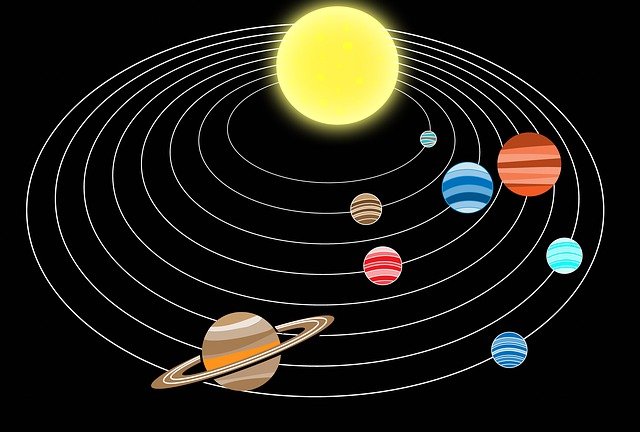21 interesting Solar System Facts For Kids
1. Eris is a dwarf planet discovered in 2005. It is considered to be the most massive and second largest dwarf planet in our solar system.
2. Eris has a radius of about eleven hundred kilometers and an orbital period of 558 years.
3. The moon of Jupiter named Ganymede is the largest moon in our solar system.
4. The planet Uranus takes about 84 years to complete one revolution of the Sun, making Uranus one year equal to Earth's 84 years.
5. A minor planet called Ceres was first discovered in the asteroid belt but was considered an asteroid at the time.
6. Ceres is an object in the asteroid belt that is round due to self-gravity.
7. There are about 400 active volcanoes on Jupiter's moon IO and there is always volcanic and geologically active activity on it.
8. Mars' natural satellite Phobos completes one cycle in just 8 hours.
9. Jupiter planet's magnetic field is ten times stronger than Earth's.
10. There is no doubt that the expansion of our solar system is enormous. It contains a lot of objects. The total mass of our entire solar system is equal to 1.0014 solar masses.
11. There are approximately 4,143 comets in our solar system that have been detected.
12. Our solar system is 28,000 light-years from the Milky Way galaxy's galactic centre.
13. It takes about two and a half million years to complete one cycle of the galactic centre.
14. Completing one revolution around the centre of the Milky Way galaxy is called the Galactic Year.
15. In the Milky Way, our solar system is located on its outer spiral arm, called the Orion-Cygnus Arm.
16. The sun is considered to be the most perfect "Sphere of Hot Plasma" in the entire universe.
17. Our sun is fusing about 600 million tons of hydrogen into helium every second.
18. Long Period Comets come from the Oort cloud inside our solar system.
19. The second planet in our solar system, Venus, is the brightest object in the night sky after our moon.
20. Mercury has a daytime temperature of 430 degrees Celsius but a night-time temperature of about -180 degrees Celsius.
21. Despite being closest to the Sun, Mercury has been found to have ice.



Comments
Post a Comment
Please do not enter any spam link in the comment box.